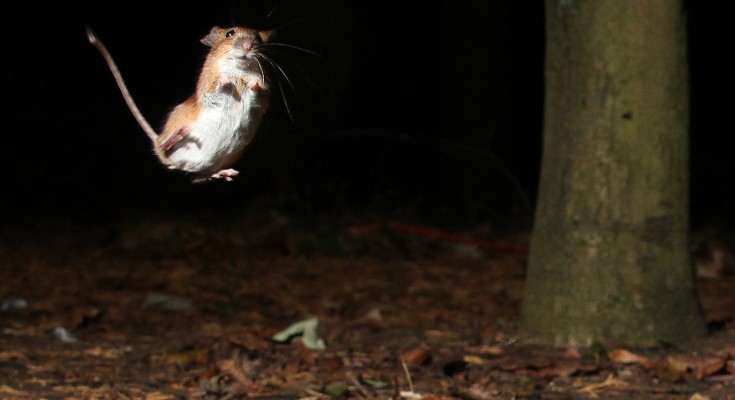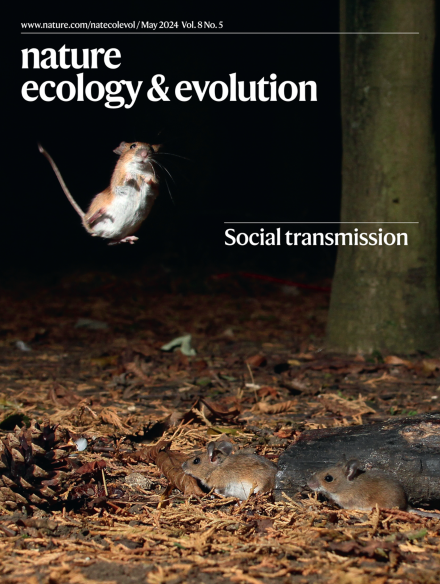
Read our May issue
Our May issue includes mammalian responses to human activity, the evolution of multicellularity, mosquito viromes, deep-time protein preservation, and an Editorial about pangenomes.

Our May issue includes mammalian responses to human activity, the evolution of multicellularity, mosquito viromes, deep-time protein preservation, and an Editorial about pangenomes.


Analysis of distributional data for 25,000 species challenges the assumption that species are bound to the climatic conditions that they inhabit today, and argues that many species may be able to venture into unoccupied areas of their fundamental niche.